Colorful tricolor bindweed, with an unusual and gentle name "Block". This is simple, at first glance, an annual beautiful plating plant, it is capable of transforming any corner of a garden or veranda. Unlike other strongly branching "relatives", the Blog's bindweed grows with a compact magnificent bush, while the abundant flowering of culture is observed from the middle of the summer to the second half of autumn.
Grow unpretentious culture on the flowerbed or in suspended porridge is very simple. It perfectly multiplies with seeds, does not require much care and for a long time I am pleased with your attractive decorative species.
How to sow bask "Crazy"? What care to provide a plant? All detailed information in this selection of material.
Bindle Buffle, Plant Description
- Blizzard "Bluebone" is an annual herbaceous plant from the genus of the binding. A variety refers to a beautifully blooming, but a weakly tall view of three-color binders.
- The main feature of the representative of this species of decorative binding - weakly branchy stem, branched only at the very base. Thanks to the formation of a large number of lateral shoots on the stem, the annual has the form of a low (40-60 cm) of compact magnificent chest, thick-seated with bright flowers and clinging for the provided support.
- Single numerous belief flowers, three-color, funnel-shaped, in diameter reach 4-5 cm. The main color of the wreath is bright blue, replacing to the base on the white blurry "rays" with a bright yellow core. Flower paints of plants are thin, letters.
- Abundant and bright blossoms of the Blizzard fall on the summer. With warm weather and fertile primer, the binders continues to bloom to the most frosts.
- The blizzard flower is revealed only in sunny clear weather and keeps on a bush no more than a day. The following elegant buds bloom to replace the inflorescences. Due to the large number of flowers, wilting on a bush of the Bindwee is practically not noticeable.
- The stem and leaves of the Blind Block are covered with hard hairs. The shape of the leaves on one plant is slightly different: the root leaflets are laid, narrowing at the base, and stomens - oblong, lanceal form. The color of the greenery of a saturated green color.
- At the end of flowering, the fruit is formed - a box with round tuberculous seeds.
- With a favorable care, the Bluchka's bindweed is able to quickly grow, increasing the green mass and forming many buds.
Bindle Blind, Interesting Facts
- The name of the genus "Block" is associated with the morphological characteristics of the plant, namely, the ability to "climb" the stem.
- Buffle "Bluebone" received its eloquent name for the color of a rich blue colors. And although this type of the Bindwee is minor, it has a lot of similar to their "births".
- The natural range of the tricolor bint is the countries of Western and Southern Europe, the regions of the Mediterranean coast.
- Bindle Bindle, decorative annual, can be found in the gardens, on flower beds, in pots, porridge or balcony boxes.
- People's sign is interesting, associated with the dissipation of the Blizzard flowers: "If the whisk is closed during the day - it will rain, and if, on the contrary, it opens in cloudy weather - there is a sunny cloudless day."
Bindle Block in Landscape Design
- Bindle Block is an unpretentious endurance plant, quickly adaptable to the surrounding conditions, easily withstanding the arid period and abundantly flowing from July to September. Such versatility of the plant could not not attract the attention of experienced flowerflowers and landscape designers.
- With skillful use of the features of the Blink Bindwee, landscaped designers can create very spectacular floral compositions.
- Given the thick branched shoots, this type of binding landed, as a rule, before tall plants. Bindweed, not highly laid stems of neighboring crops, creates unusual contrasting compositions and serves as a "background" base of flower beds.
- The annual is often planted in diverse mixlers, Rabata, and even on the Alpine slides. If planting the binding, without any support, the culture will perfectly "fit down" in the landscape as a beautiful soil industry. Bindweed, landed along the tracks, due to the lush branches, makes the borders unusually spectacular: wide, blooming and thick.
- Special attention is attracted by the Blindberry Bindow, landed in a hanging porridge, on a veranda or balcony. In the suspended containers or high garden vases, the bindwee forms dense hanging "Hempecifices".
- Unpretentious universal flower, binders, organically fit into any composition, garden, and a household plot, skillfully dragged the low vertical surface or will become a bright "spot" among stones or other plants.
Bindle Buffle, Faces Planning
It will not be absolutely no difficulty to grow independently binding. The plant does not require special conditions when landing, not capricious and characterized by almost 100% of the seed geogide.

Conditions for landing Bindbust Block
- Binds planted in open ground seeds or seedlings.
- When planting a plant into open ground, sowing seeds in April - May (depending on weather conditions), immediately at a permanent place. It can be a flowerbed or, for example, street porridge. If the container is planned to be placed on the street, it is better to select ceramic products that do not overheat in the heat. The weather when landing should be installed and warm, as the rustling shooters do not tolerate return freezers. If cooling is expected, the landing site is closed with any nonwoven material (for example, Loutrasil).
- When sowing seeds to seedlings, it is better to air them at once into individual cups so that when transplanting as little as possible to injure the delicate root system of the plant. This is explained by the fact that the Block's Buffle is poorly tolerates the transplant, after which it can hurt and weakly recover. In one cup sowed 1-2 seeds. Sowing seeds to seedlings are carried out in March or April.
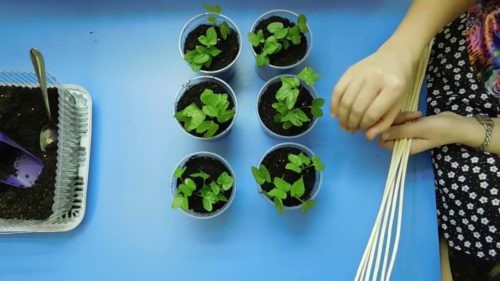
- As for the place for landing a light-insulated bindwee, you should stop the choice on the solar, slightly pronted in the heat, plots. It is recommended to choose a windless, protected from drafts, place. The most favorable temperature regime for the cultivation of annual - 18-20 0WITH.
- The soil for landing is better to select loose, water permeable and nutritious. The best option is fertile loams. If the bindows are planted in a pot or any container, it is important to make a good drain layer at the bottom. For the landing of the annual you can buy a finished soil mixture or make it yourself. There are several options for the preparation of nutritional and loose soil: from river sand, leaf land and humus (1: 1: 1) or from peat and turf (1: 2).
- The plot for planting a blizzard must be prepared in advance: to switch, lead to each 1m² of a plot of 2-3 kg of peat (or humoring), and to dissolve with robbles.
- Considering the skill's ability to put on a support, the plant is planted near the vertical walls, arches, tall plants or any other support. Without support, the plant will not be less impressive as a "fluffy" and volumetric soil.
Buffle Blind, Agrotechnical landing
To speed up the process of germination of the binding seeds (and on seedlings and in open soil), before planting the seeds are soaked for 12-24 hours in well-heated water. The basket seeds have quite large sizes, which facilitates the process of planting them into the ground.
Consider the features of planting seed in many ways: immediately on the flowerbed and in protected ground.
Landing Bindwee Block Bluebone in Outdoor Soil
- For planting seeds into open ground, there are shallow grooves on the garden, they moisturize them with water, and the seeds are frustrated. From above, the grooves are sprinkled with a small layer of loosening ground and slightly seal.
- Large basket seeds are convenient to plant immediately with an interval, at least 10 cm.
- For better germination and protection against possible return freezers, experienced flowerflowers are recommended to cover the sowing place with a special observer material, which is removed only in early July.
- The mini-greenhouse will provide a favorable microclimate for their development and growth. Water shooting 2 times a week, and this can be done even through the observer material.
- After the film is removed, the thick shoots of the binding can be searched for a distance between instances of at least 20 cm.
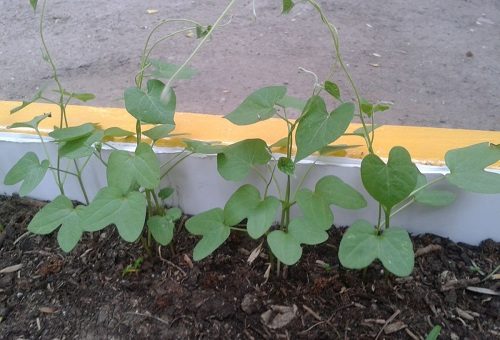
Landing the seed of the Bindwee Block at the seedlings
The cultivation of the Bindwee is a faster way - a faster way to "obtain" an adult blooming culture compared to sowing seeds on the flowerbed.
- The Blizzard's Buff Seeds are sown in a common container or individual containers. As mentioned above, the plant does not tolerate excessive "injury" in the transplantation process. Excellent results showing seeds in peat pots. Then it is enough to use 1 seed on one peat tablet.
- The soil is disinfected and "sterilized" before planting. For this, it is calcined in a brass cabinet about 30 minutes, and before planting it is disinfected by a solution of potassium permanganate (manganese).
- The depth of seed seeds when landing on seedlings - no more than 1 cm.
- Care of landed seed material includes moderate watering, positive air temperature (in the range of 17-22 0C) and light. So that the moisture is not stored in the planting containers, and the roots did not take, pre-at the bottom of the container make several holes.
- The developers that appeared (approximately after 2 weeks) thin, leaving the strongest and healthy instances.
- The grown seedlings at the end of May - early June hardened, after which they dive to a permanent landing site. Immediately before landing, the seedlings are abundantly watered so that it is easy to get it from the cups.
- Seedlings "Drub" seedlings are planted by the method of transshipment of seedlings in the prepared shallow wells, located at a distance of about 20 cm apart. After planting the plant watered again.
- Seedling is growing rapidly and stretches, so it is better not to "delay" with disembarking in open ground.

Bindle Blind, Plant Care
Unpretentious Blind Bindle does not require special attention from the side of the flower. The main conditions for the successful development of the flower - sunlight, moderate watering and periodic making feeding.
Watering:
- Binds watered moderately, but regularly. Watering is carried out in the morning or evening. When the nights become cool, it will be better to water the plant in the morning, since the risk of lesions of the annual pulse dew.
- The oversupply and stagnation of moisture leads to a planment of the plant, lack of moisture and drought - to fading the foliage and fallout of inflorescences. In general, the plant is rather drought-resistant.
Weeding:
- The bindweed in the open soil needs a periodic weeding from weeds and loosening the soil, especially after watering.
- Positive results show the reception of mulching the roar zone, allowing you to keep moisture for a long time and prevent the growth of weeds.
Feeding:
- The plant reacts positively to fertilizer. During the initial vegetation, the plant is watered with a solution of nitrogen-containing fertilizer.
- Then, in the summer, (1 time per month) you can feed the plant by any complexes of mineral fertilizers. A complex fertilizer is suitable for the blooming crops of "Agrikola" and, familiar to many flower products, nitroposka (takes 1 tbsp. Fertilizers on 10 liters of water).
- Out of the organic is best suited wood ash.
- Unwanted oversupply of fertilizers, which can provoke the rapid development of green mass and lack of flowering.
- At the same time, the container bindweed needs more frequent feeding than garden.
Flowers removal:
- Taking off the faded flowers of the Blog Bindwee, it will be possible to extend the flowering process, since this technique stimulates the formation of new buds.
Diseases and pests:
- The appearance of blessing spots on the foliage fifty testifies to the disease of the plant with mildew. If the binding does not "treat," the plant turns yellow, dries away and, as a result, dies. To combat fungus, the annual is treated with a fungicidal preparation. Often the disease provokes an excess of moisture, thickened landings or raw weather.
- If the colony or a web tick colony (small black points on the bottom of the sheet) were noticeable on the plant (small black points on the bottom of the sheet) - the plant is treated with any chemical acaricide (Aktellik, Aktara, Antitle). Repeated processing is carried out about 3 times in a row, with an interval of 5-6 days. At the same time, all yellowed and dry leaves are cut and burned.
In addition to the listed, key agro events, binders, if desired, can be tiered to any support.
In the fall, annual plant gradually dries and fades.
Buffle Blind, culture reproduction
Most often, Blizzard's Bindweed is grown from seeds. Less frequently, culture is breeding, less popular, vegetative method - root siblings or cuttings.
- Blizzard reproduction with cuttings is carried out throughout the summer period. For this, cut cuttings are rooted in water or light soil substrate, after which the plant is planted into the ground.
- Root siblings can also be searched for all summer, and even autumn, after which it is planted to plant the binding in a pot and grow it until spring on the windowsill.
- The seed method of reproduction is the most convenient and efficient. And, taking into account that the Bluchovek Buffle is perfectly gives self-saming, in the spring, on the site of its former growth, you can see young shoots of annual culture.

Where to buy the Blink's Block Seeds?
- The seeds of the annual Bindweed "Cashier" can be bought in any flower shop or on the Internet - sales. When buying it is important to pay attention to the date of production so that the seeds are fresh and have a good germination. On average, the Blizzard seeds retain the germination of no longer 2-3 years.
- In the second half of the spring, you can buy a fabulous bid seedlings lined in individual containers. Full seedlings should be strong and healthy.
- For breeding a binding, you can collect seeds yourself. To do this, there are several flowers on the bush, from which they are then collecting seeds for sowing for the next year.
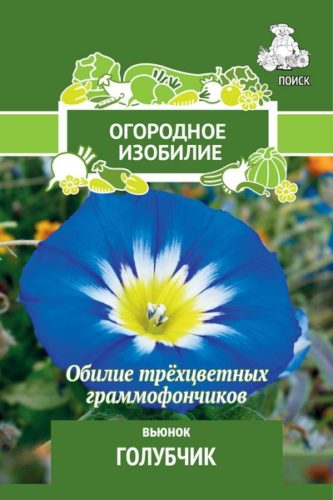
Thus, the Blizzard's Bindweed is a bright representative of weakwear, abundantly blooming, tricolor binds. The main advantages of the beautiful annual culture are: the ability to self-ease, drought resistance, unpretentiousness and general resistance of the plant. As a result of a simple and non-obsessive bucket care, anyone can admire the magnificent compact binders, blooming a fairly long period of time.

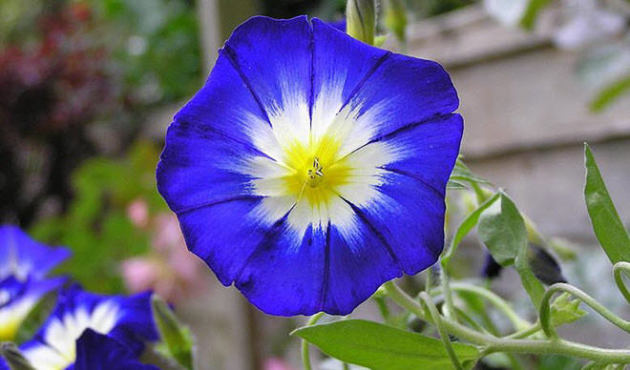

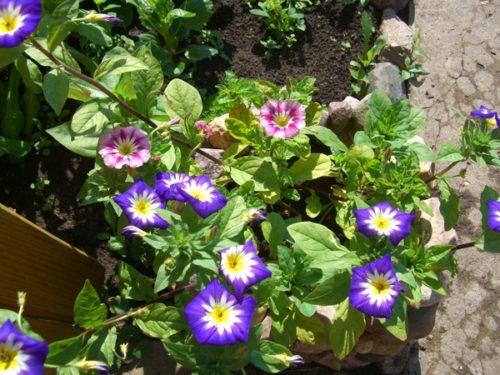
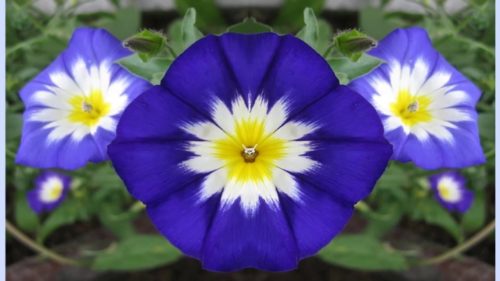
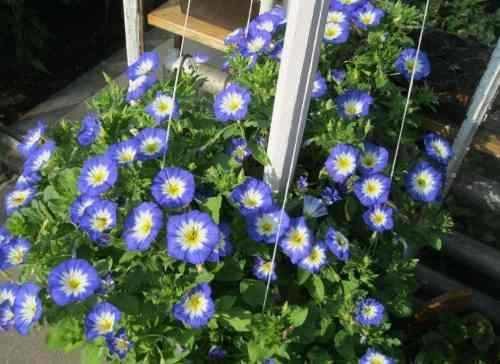


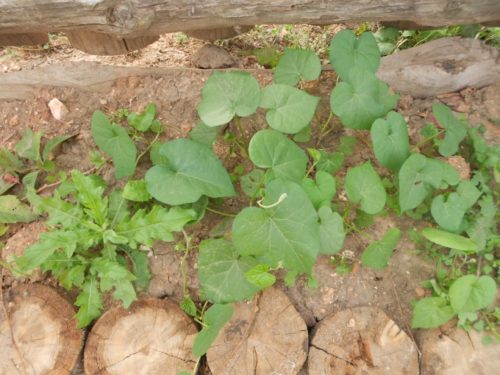
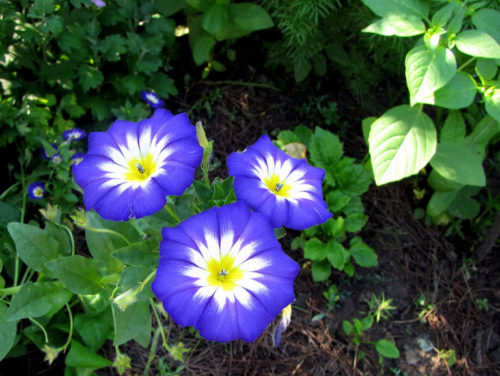
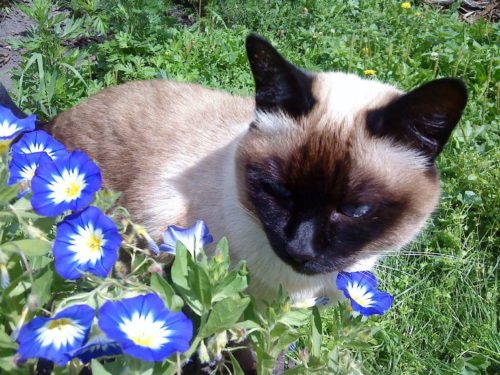
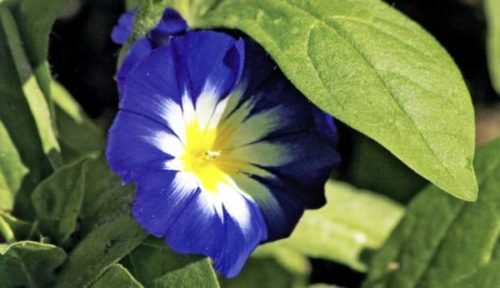

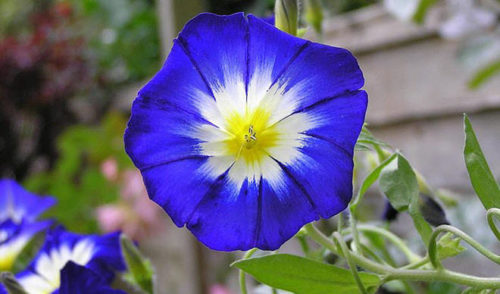












 Start a discussion ...
Start a discussion ...